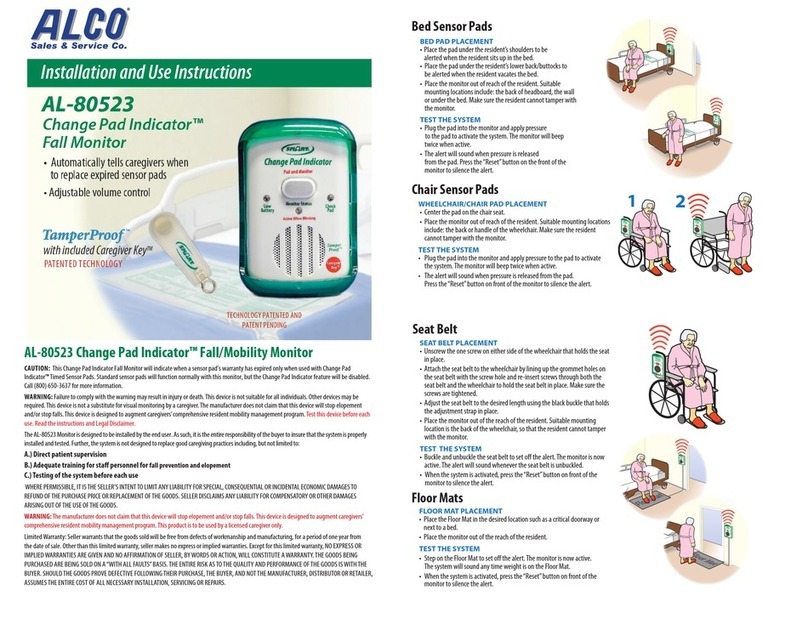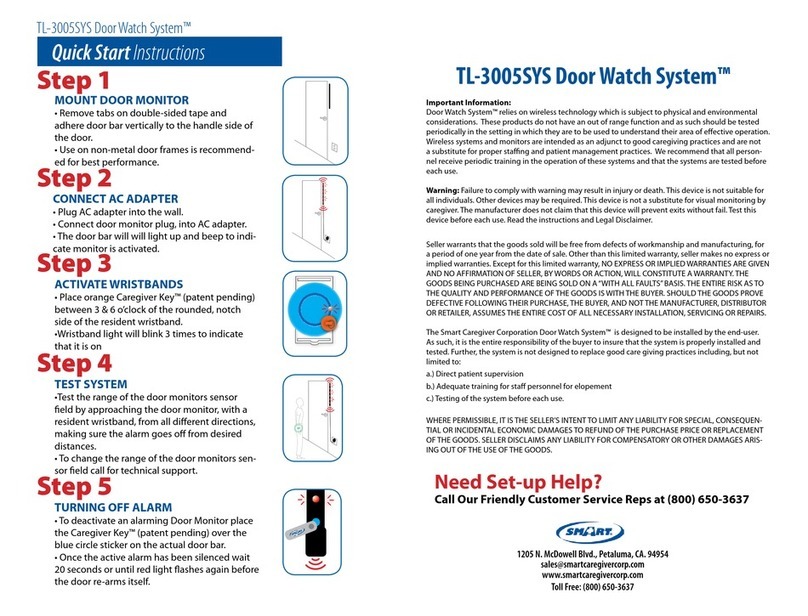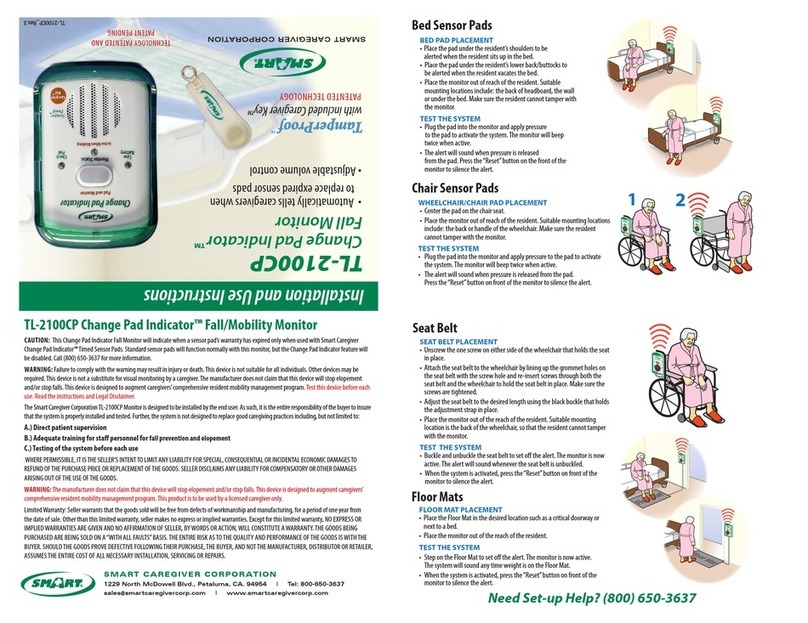2 | P a g e
INTRODUCTION
The Smart Breathalyzer 1.0 is an advanced version of alcohol screening device, used for the
detection of alcohol in the breath and to get analytical reports. The Smart breathalyzer 1.0
provides a digital result, displaying an estimate of the subject’s BAC (Blood Alcohol Content).
Before you begin testing, it is very important to read the entire owner’s manual. This device will
automatically calibrate to temperature and humidity of the environment every time you switch
on the device.
Alcohol and its effects on the human body When a person consumes alcohol, the alcohol is
absorbed from the mouth, throat, stomach and intestines into the bloodstream. The alcohol in
the bloodstream exchanges with air deep in the lungs. The percent of alcohol in a person’s
blood (BAC) is proportional to the percent of alcohol in a person’s breath (BrAC). The Smart
breathalyzer 1.0 measures a subject’s deep lung air alcohol level and converts it to the
estimated BAC. “BAC” means Blood Alcohol Concentration. It is measured in %.
How does alcohol affect my body?
Alcohol is a depressant. It has a relaxing effect on the muscles in your body. The muscles of
your eyes relax and lose focus. Your eyesight will become fuzzy and you may experience double
vision. Brain activity is slowed. Your judgment, reflexes, and coordination are all negatively
affected. Some vision impairments that occur when you have been drinking include:
• Narrowing of your field of vision
• Reduction in your depth perception
• Decreased ability to see in darkness
• Increased sensitivity to glare and a longer time for your eyes to readjust from the glare
Some mental (brain) impairment can occur when you have been drinking, including:
• Reduced awareness of danger
• Becoming overly confident and reckless
• Difficulty in making decisions
• Reduction in balance
• Slowed reflexes
• Impaired judgment
Variations among individuals and other factors, such as altitude and air temperature, affect the
degree of intoxication. Some individuals may become intoxicated at low BAC levels. A low BAC
on a breath alcohol tester does not mean that a person’s reaction times can respond to any
emergency encountered. Individuals should not drink alcohol and drive or use any machinery
after consuming alcohol.






























